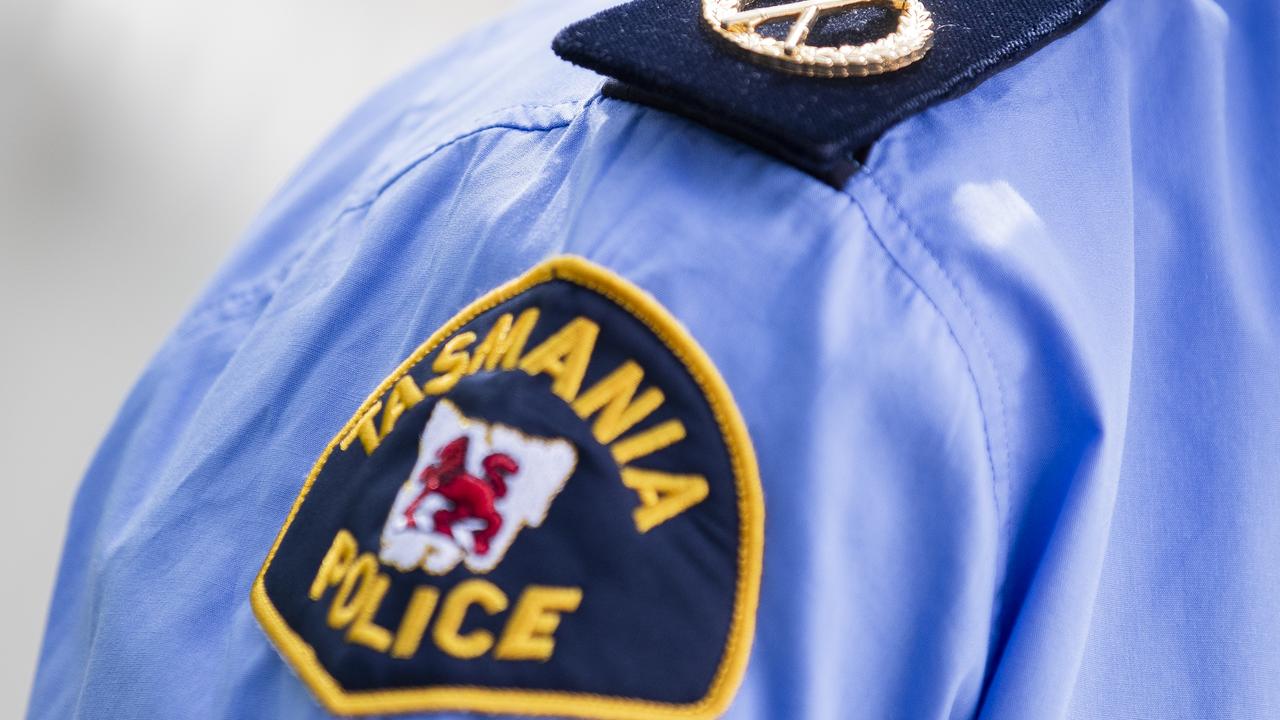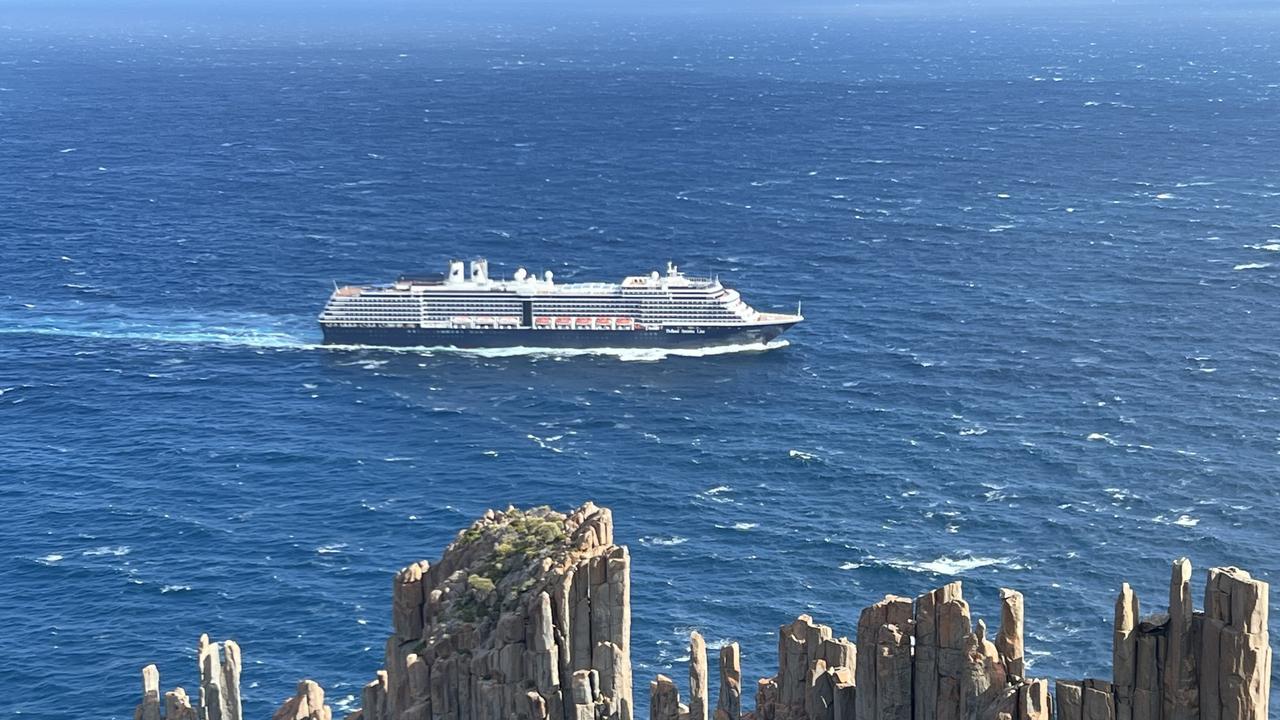Prominent Tasmanians unveil exciting vision for future of Hobart Treasury complex
Hobart’s iconic Treasury buildings could be transformed into a cultural heritage precinct boasting museums, cafes, bars, and visitor accommodation under a proposal to revitalise the ageing site.
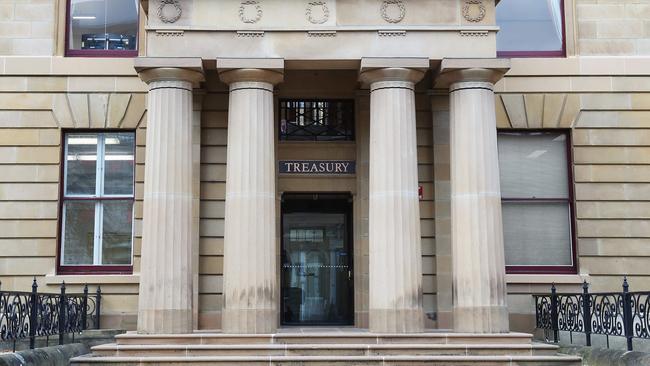
Tasmania
Don't miss out on the headlines from Tasmania. Followed categories will be added to My News.
Hobart’s iconic Treasury building complex could be transformed into a cultural heritage precinct boasting museums, cafes, bars, retail, and visitor accommodation under a bold proposal to revitalise the ageing site and educate locals and tourists about a neglected aspect of the city’s history.
A group of prominent Tasmanians, including architect Robert Morris-Nunn, former Labor senator Margaret Reynolds, and notable historians Professor Henry Reynolds and Professor Hamish Maxwell-Stewart, have developed a plan to repurpose the Murray St complex and open it up to the public.
It comes as a state government-appointed adviser prepares to launch an expression-of-interest (EOI) process for the under-utilised buildings, with all options said to be on the table, including the potential sale of the asset.
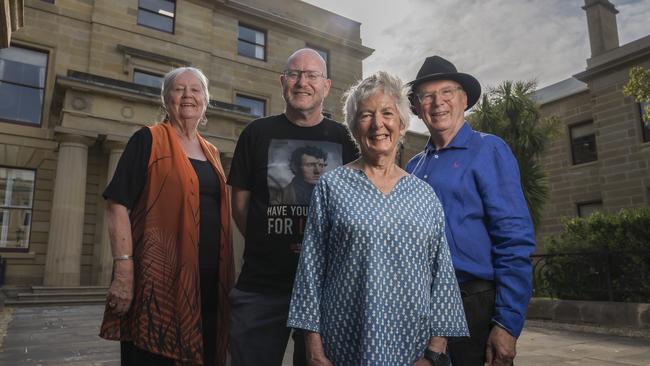
The complex, designed by John Lee Archer and James Blackburn, dates back to 1824 and once housed the oldest Supreme Court in Australia, as well as the administrative centre of the colony’s assigned convict labour system, and later the state Treasury offices.
Mr Morris-Nunn, who helped design iconic projects including the Henry Jones Art Hotel, Brooke St Pier, and PW1, said his group was proposing a public-private partnership whereby the government retained ownership of the Treasury buildings but leased parts of it to the private sector.
“If, collectively, we can actually be part of the advisory panel that’s assisting government and evaluating opportunities [for the complex], then I think that’s a far better solution than just being one of the bidders,” he said.
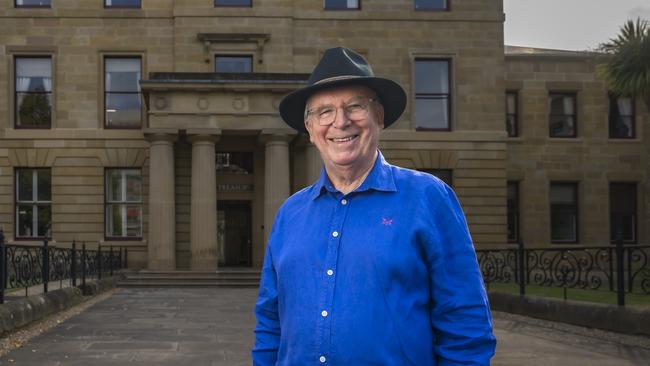
The buildings could house a five-star hotel featuring up to 40 rooms, as well as retail stores, cafes, and museum spaces, Prof Maxwell-Stewart said.
This would enable the government to derive ongoing revenue from the complex instead of just the one-off “sugar hit” it would get from the sale of the property, according to the professor.
“When you stack it up against the other [options], to me it’s a no-brainer,” Prof Maxwell-Stewart said.
Ms Reynolds, a former federal minister, is hoping to organise a briefing on the proposal for state parliamentarians in the coming months.
“The Tasmanian government is responsible for the largest collection of heritage buildings in the country and they don’t know what to do about it,” she said.
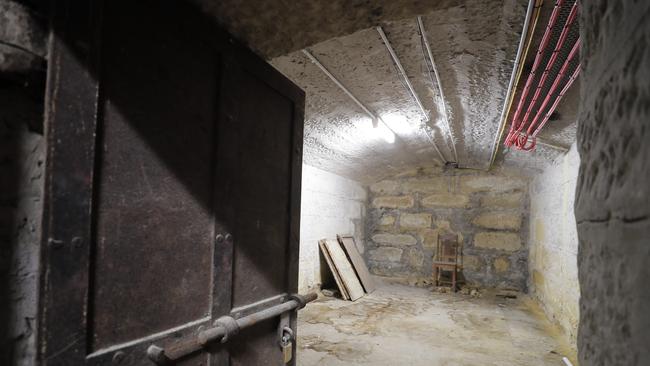
“This could be the start of a model for the future that could go for the next 50-100 years.”
The Treasury buildings are linked to one of the most important figures in Tasmania’s history, Andrew Inglis Clark, the Supreme Court judge who helped draft the Australian Constitution and introduced the Hare-Clark system of preferential voting to the state.
Inglis Clark would have presided over legal proceedings inside the complex and may even have worked on devising parts of the draft Constitution within its walls.
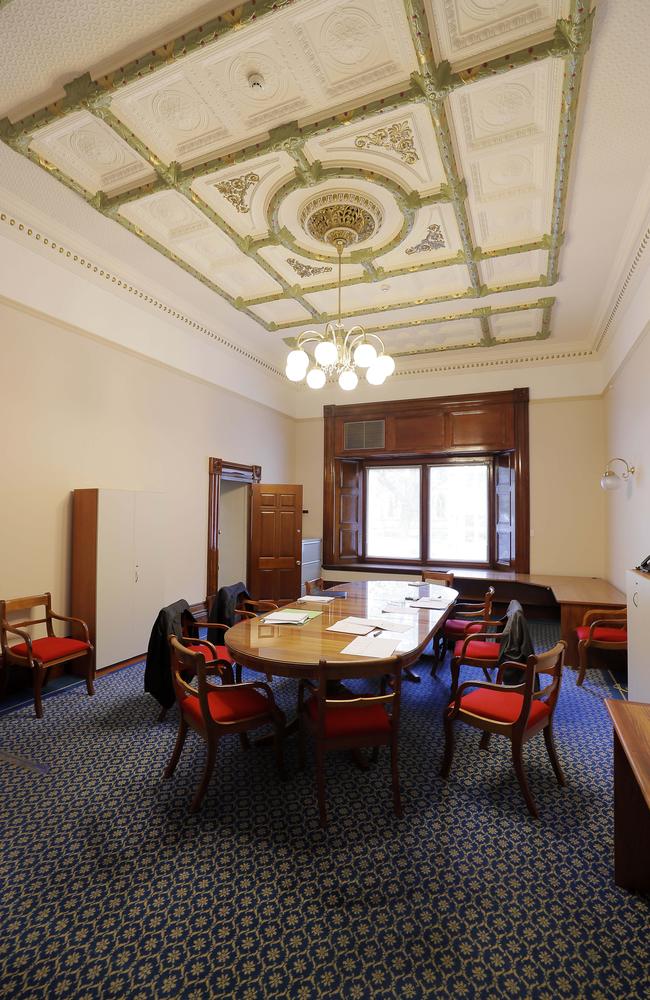
Prof Reynolds said there wasn’t enough recognition of Inglis Clark’s achievements in Tasmania and noted that the Treasury complex was at the heart of the state’s convict legacy.
“Visitors to the state learn about penal institutions at Port Arthur and increasingly about assigned servants on the large rural estates. But Hobart was central to the whole system, far more so than was Port Arthur,” he said.
“Most convicts arrived in Hobart and many more lived in the town than on the Tasman Peninsula.”
A government spokeswoman said the details of the Treasury EOI process would soon be released to the public.




